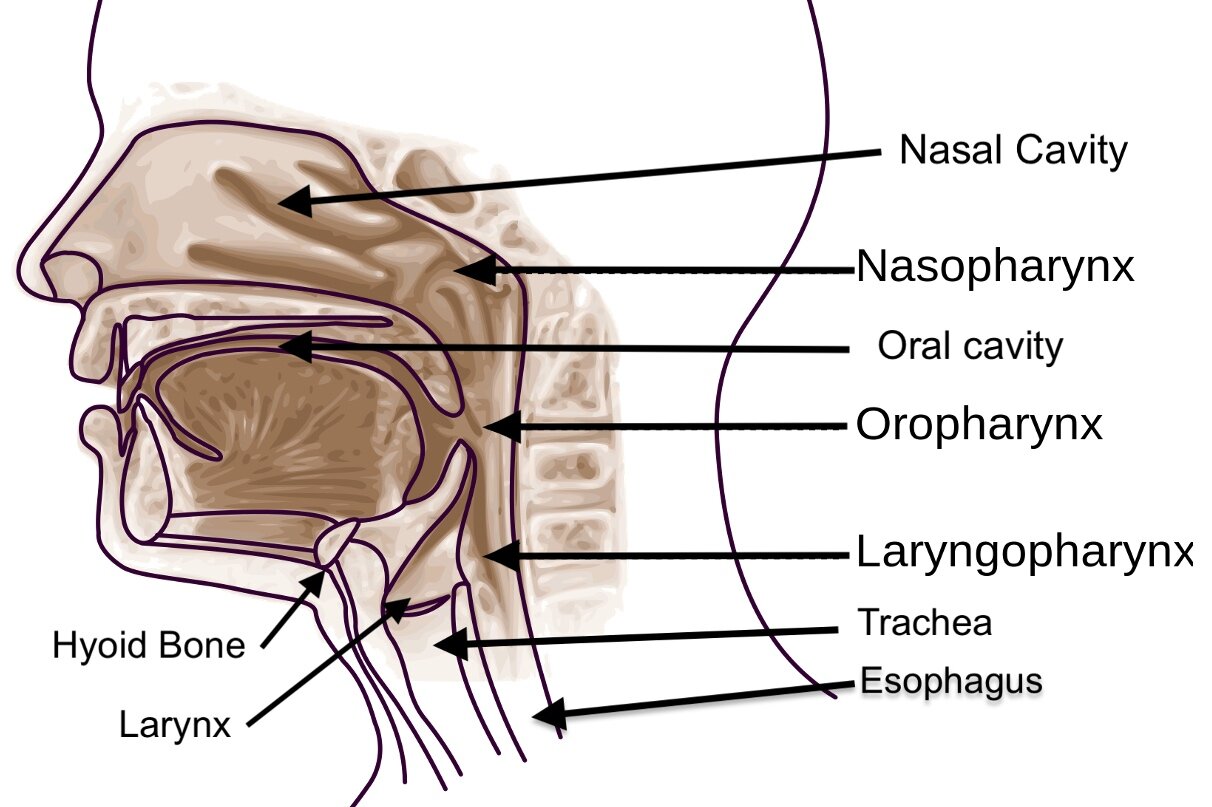The Flutist’s Palette
The Flutist’s Palette is a course in which concepts related to vocal pedagogy including the International Phonetic Alphabet, vowel, consonant, and resonance structures are introduced and implemented in flute playing. Through exploring and utilizing these concepts the flutist can make choices that stem from how human beings instinctively maneuver their articulatory structures as opposed to moving these structures to merely meet a technical demand. The result is embodied and intentional flute playing where all sounds are an extension of human speech.
The Flutist’s Palette aims to identify all usable vowels and consonants through the use of the International Phonetic Alphabet (IPA). IPA is traditionally used by singers to formally learn the rules of diction. Letters in IPA are used to signify specific sounds and do not create specific words. Through the examination of IPA, flutists will gain a foundational understanding of the possibilities of the vowel shapes and consonant sounds that can be applied to flute playing along with their subsequent effect on the quality of sound and articulation.
When flutists relate vowels to the shape of the oral cavity, the subtle variations in the shape of the inside of the mouth become limitless. To employ vowel shapes the mass of the tongue moves in and out of various positions thus changing the proportion of resonant space in the mouth to resonant space the pharynx. There is a substantial range of vowel shapes at the flutist’s disposal that go much further than five cardinal vowels.
Voice, Placement, and Manner are often used by singers to classify consonants and can be utilized by the flutist. Voice refers to whether or not vocalization is present when the consonant is initiated. In flute playing, the addition of the voice would prove to be detrimental to the quality of sound. By articulating with the intention of adding the voice, differences in the onset and quality of two similar or homorganic consonants can be found. Placement signifies where in the mouth the action of articulation occurs. Placement regarding flute playing includes where a movable articulator like the tongue meets a stationary articulator and which part of the tongue is used to articulate. Manner discusses how the articulation occurs. There are various manners of articulation but in flute playing, mainly plosive articulations are used. The arsenal of possible articulations expands greatly when the flutist compares articulation to all of the sounds that are used in human speech.
Vocalists have a deep understanding of the internal structure of their instrument which allows for sensation to be discussed with tangible vocabulary as opposed to metaphor. Through establishing a robust map of the same structures of articulation and resonance along with the musculature that comprises the embouchure the flutist will have complete control over the nuanced actions of these structures and be able to discuss with succinct and concrete language.
Please contact Dr. Hartman personally to discuss delivery options as multiple class formats exist.

The flutist's vowel quadrilateral- this diagram is commonly used by vocalists to serve as a visual aid for location of the tongue in the oral cavity.

This image is used to map the structures of the neck and throat that allow for resonance and effortless breathing.
